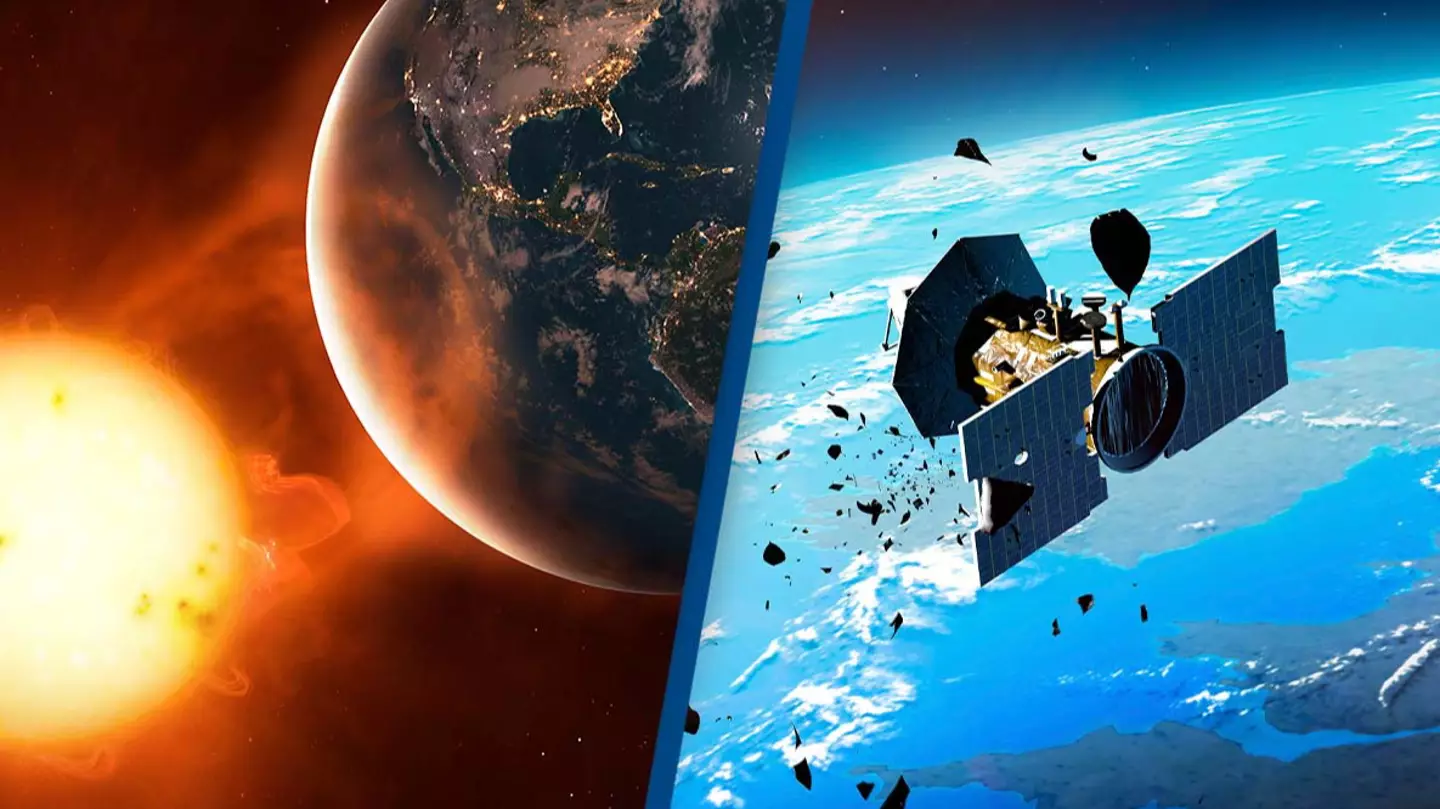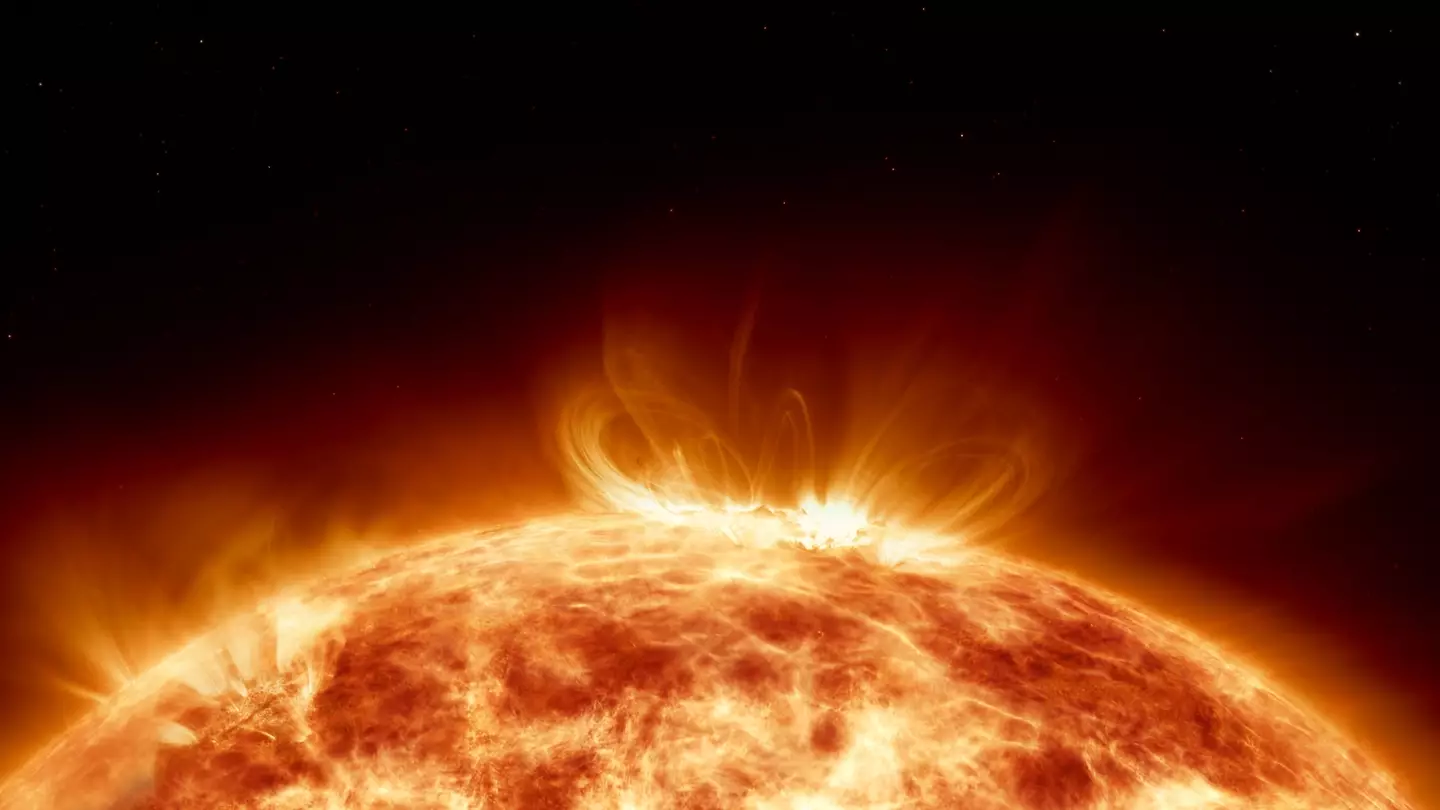
A solar star caused a radio blackout over the Pacific Ocean on Monday, with one expert saying the risk of such blackouts is ‘increasing’.
Data showed a blackout in the waters off the coast of the western US and South America at around 4:20pm ET on Monday (January 22). The incident lasted just seconds - but another solar storm is set to hit the Earth today (January 23).
Advert
Prior to the solar storm, the US National Oceanic and Atmospheric Administration (NOAA's) Space Weather Prediction Center (SWPC) said there was around a 60 percent chance the storm would disrupt the power grid.
And the storm set to take place today could have a similar disruptive impact on radios and aviation communications.

Space weather physicist Tamitha Skov told the Daily Mail: “As for radio blackouts, yes the risk is increasing now.
Advert
“We have already had two small M-class flares, resulting in short-lived R1-level radio blackouts [yesterday], but they may soon become longer and larger.
“NOAA/SWPC has the risk for an R1-R2-level radio blackout at 60 percent over the next couple of days.”
Solar storms - also known as coronal mass ejection (CME) - are graded on a scale of one to five, with five being the most extreme.
The grading for the storm predicted to hit today is G1 - the most minor - with NOAA saying that ‘weak power grid fluctuations can occur’ and ‘minor impact on satellite operations possible’.
Advert
Skov has also stressed that the storms are unlikely to have any major impact on ‘critical infrastructure’.

She explained: “This storm will be followed by two, possibly three others that will give us several glancing blows through January 25.
“We have a series of solar storms hitting starting now (the first one just hit a few hours ago, but it is ramping up slowly).
Advert
“However, we can all rest easy, as these storms will not be that powerful to affect critical infrastructure.”
Alongside this, the storms may bring the northern lights to several US states this week - meaning it's the perfect chance to try and catch a glimpse at the spectacular natural light show.
“Solar storms are what cause the gorgeous aurora we see on Earth's nightside. For the aurora lovers in your community, this week is a real treat,” Skov added.
NOAA says the aurora may be visible in numerous areas including northern Michigan and Maine.
Topics: World News, US News